Explore the controversial world of food chemicals that are banned in many parts of the world yet still find their way into grocery products. These substances have raised concerns about health and safety, yet continue to be used in some regions. Learn about 17 such chemicals, their uses, and why they remain contentious.
Brominated Vegetable Oil
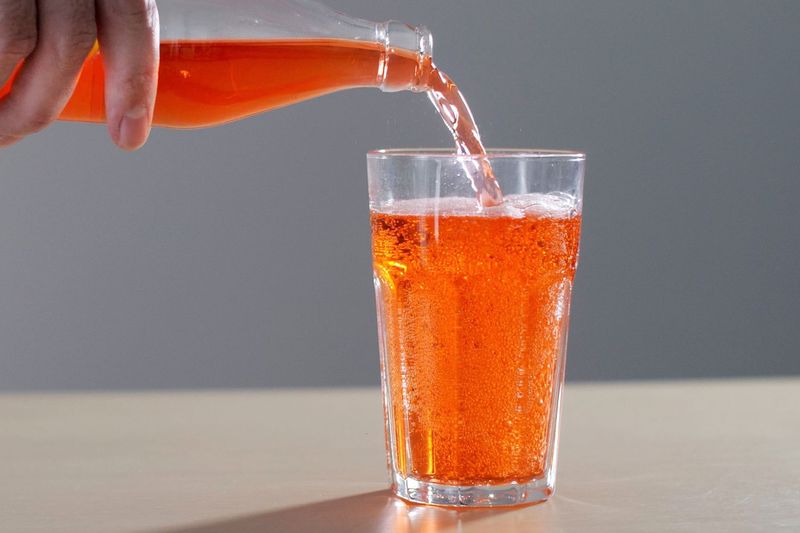
Brominated Vegetable Oil, or BVO, is often used to keep citrus flavors from separating in sodas and drinks. Despite being banned in Europe and Japan, it is still found in popular beverages in the United States.
Concerns arise from its bromine content, which can accumulate in the body and lead to potential health issues like nerve disorders.
Did you know that bromine is also used in flame retardants? This connection adds to the controversy and calls for caution in its consumption.
Azodicarbonamide

Azodicarbonamide is a chemical commonly used in baking to bleach flour and condition dough. It’s banned in the EU and Australia due to health concerns.
The compound is linked to respiratory issues and is even used in yoga mats for its foaming qualities, leading some to dub it the “yoga mat chemical.”
Despite its alarming uses elsewhere, it’s still prevalent in some baked goods in North America, raising eyebrows among health-conscious consumers.
Potassium Bromate

Potassium Bromate is used as a flour improver in bread-making. Banned in the EU, Canada, and Brazil, it’s still found in some baked products in the US.
Studies suggest it may be carcinogenic, causing cancer in lab animals, prompting its ban in many countries.
While some manufacturers have voluntarily removed it, others continue its use, sparking debates over consumer safety and regulatory standards.
Olestra
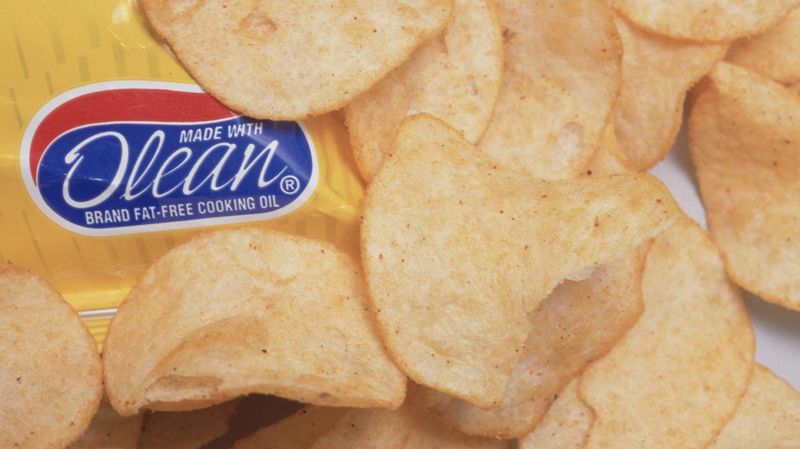
Olestra is a fat substitute that gained popularity for allowing “fat-free” labeling on snacks like chips. However, it can lead to gastrointestinal distress, as it blocks nutrient absorption.
Initially banned in Canada and the UK, its use continues in some American snacks.
The promise of indulgence without consequences comes at a cost, raising questions about the trade-off between taste and health.
BHA and BHT
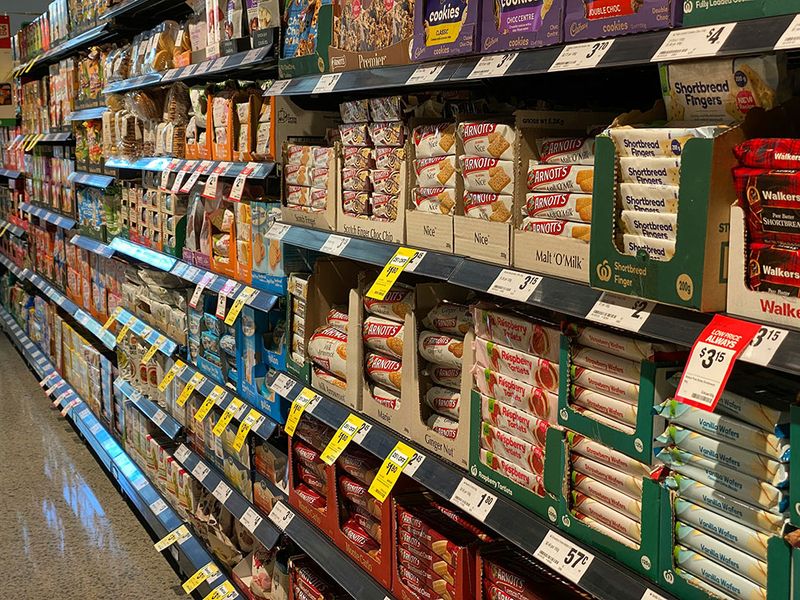
BHA (Butylated Hydroxyanisole) and BHT (Butylated Hydroxytoluene) are preservatives used to prevent oils from becoming rancid. These additives are restricted in countries like Japan and parts of Europe due to possible cancer risks.
Despite these concerns, they remain common in cereals, snacks, and even cosmetics in some regions.
The dual nature of these chemicals as both preservative heroes and potential health villains fuels ongoing debates.
Artificial Food Dyes
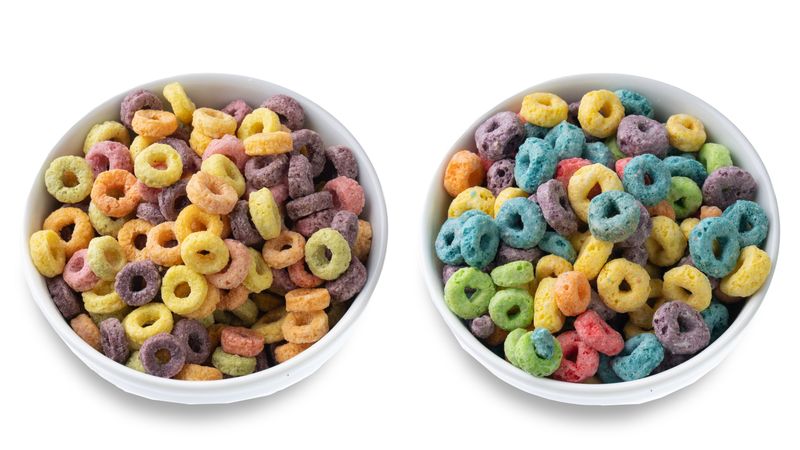
Artificial food dyes make products vibrant but have faced scrutiny for potential links to hyperactivity in children. In Europe, many dyes require warnings, yet they remain widely used in the US.
The vivid colors can be enticing, but the artificial aspects raise concerns about their impact on health.
As natural alternatives emerge, the debate over artificial versus natural continues to color consumer choices.
Synthetic Hormones in Meat
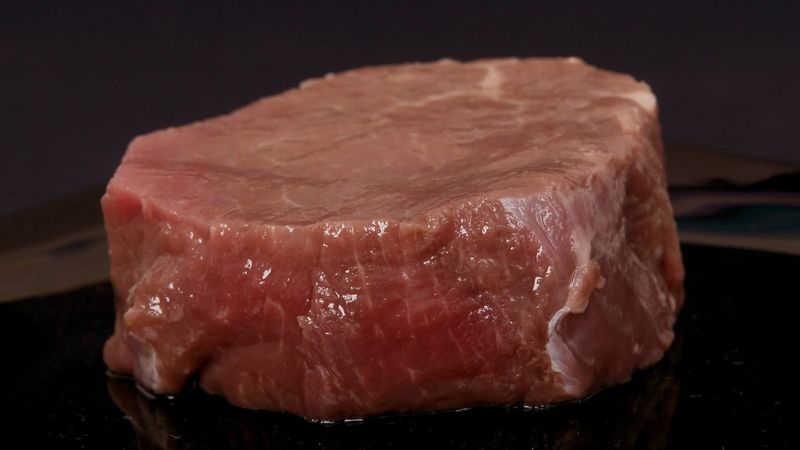
Synthetic hormones like rBST and rBGH are used in livestock to promote growth and increase milk production. Banned in the EU, Canada, and Japan due to health concerns, they remain in use in the US.
These hormones have raised debates about their potential link to cancer and other health risks, affecting consumer trust.
The balance between agricultural efficiency and consumer safety remains a contentious issue.
Ractopamine
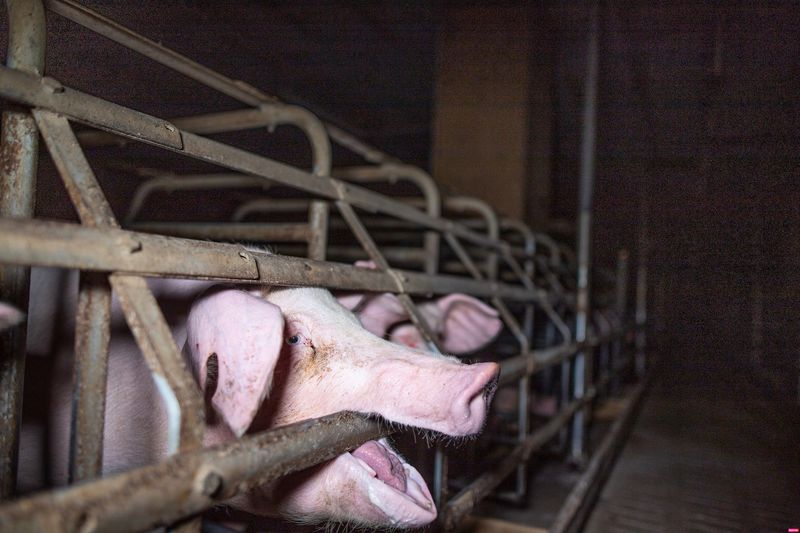
Ractopamine is a feed additive used to promote leanness in pigs and cattle. It’s banned in the EU, China, and Russia due to concerns about animal welfare and consumer health.
Despite this, it is still used in the US, where regulations vary.
The additive’s dual role in animal growth and potential risk to humans fuels discussions about agricultural practices and ethics.
Arsenic in Chicken Feed
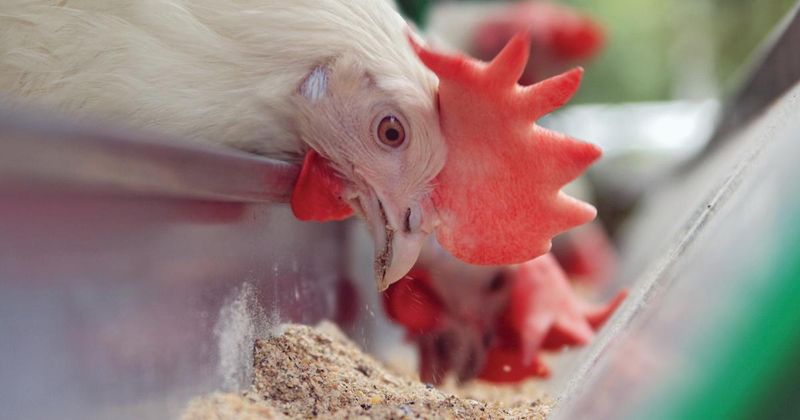
Arsenic-based drugs have been used in chicken feed to promote growth and combat disease. While banned in the EU, their use persists in some areas of the US.
The presence of arsenic raises alarms due to its toxicity and potential health risks, including cancer.
The practice has recently faced stricter regulations, but the shadow of arsenic in the food chain continues to unsettle consumers.
Yellow No. 5 and No. 6
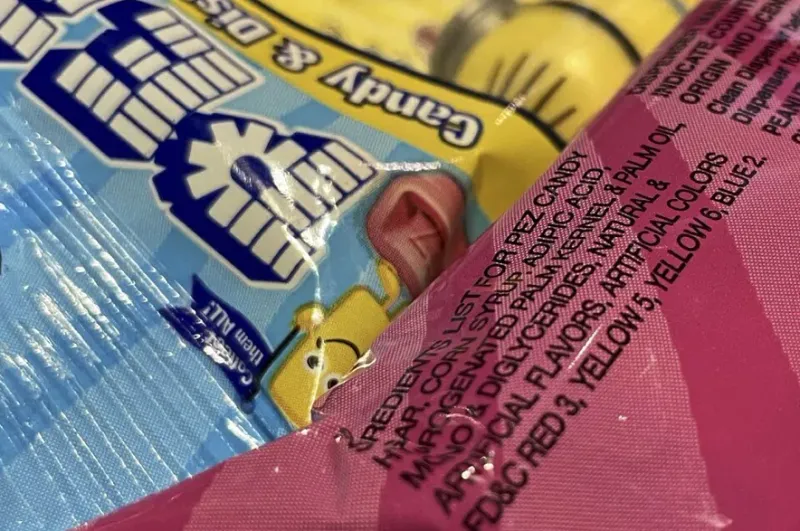
Yellow No. 5 (Tartrazine) and No. 6 (Sunset Yellow) are dyes linked to hyperactivity in children. Banned or restricted in several countries, they remain in use in the US.
Their sunny hues brighten candies and snacks, but the connection to behavioral issues encourages cautious consumption.
The ongoing discussion between visual appeal and potential health effects keeps these colors in the spotlight.
Carrageenan

Carrageenan is derived from red seaweed and used as a thickener in dairy and alternative milk products. While generally recognized as safe, some studies suggest it may cause digestive inflammation.
Banned in infant formulas in the EU, its use persists in various groceries elsewhere.
The seaweed origin may sound natural, but its impact on gut health keeps the conversation alive.
Parabens
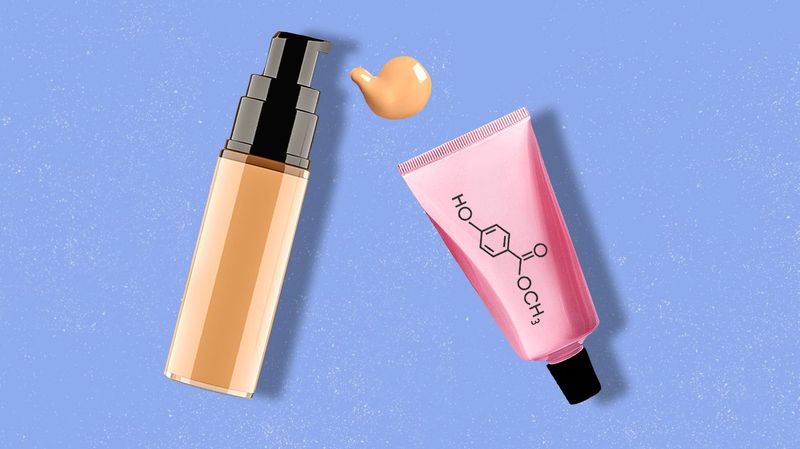
Parabens are preservatives used in cosmetics and some foods to extend shelf life. While banned in the EU due to potential endocrine disruption, they are still found in various products elsewhere.
The controversy lies in their mimicry of estrogen, which may affect hormone balance.
As consumers seek paraben-free options, the debate over safety and necessity of these preservatives continues.
Propyl Paraben
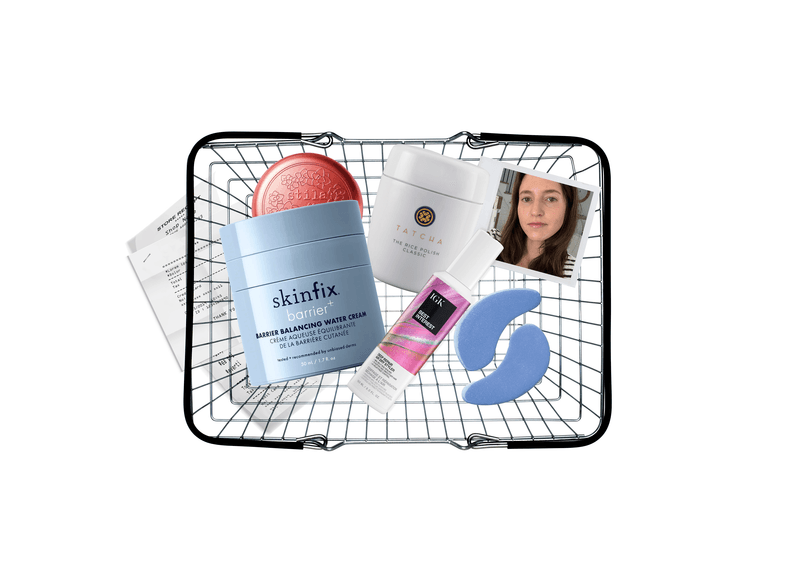
Propyl Paraben is a preservative used in cosmetics and pharmaceuticals. Banned in the EU over endocrine disruption concerns, it remains in use in North America.
Its ability to mimic hormones raises alarms about its long-term impact on health.
Consumers are increasingly wary, seeking alternatives that promise safety without sacrificing product efficacy.
Chlorine-Washed Chicken

Chlorine-washed chicken is a practice used to reduce bacteria in poultry. Banned in the EU due to health and ethical concerns, it’s still practiced in the US.
Critics argue that it masks poor hygiene, while supporters claim it adds an extra layer of safety.
The clash between food safety standards and perceived cleanliness continues to ruffle feathers.
Partially Hydrogenated Oils

Partially hydrogenated oils, the primary source of trans fats, have been linked to heart disease. Banned in the US as of 2018, they are still found in some imported goods.
The texture and taste they offer make them appealing, but the health implications are hard to ignore.
As consumers become heart-health conscious, the era of trans fats is phasing out, but not completely gone.
Sodium Benzoate
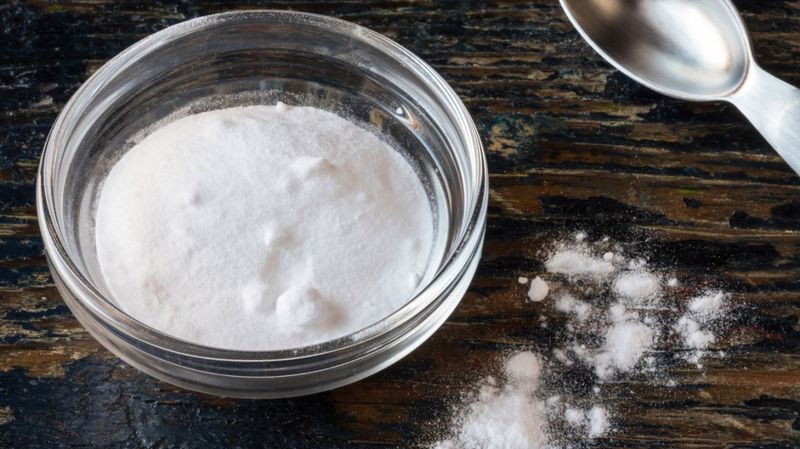
Sodium Benzoate is a preservative used in acidic foods and beverages like sodas and fruit juices. While generally recognized as safe, it can form benzene, a carcinogen, in certain conditions.
Its use is restricted in some countries, yet it remains common elsewhere.
The balance between preserving freshness and consumer health makes sodium benzoate a controversial ingredient.
Monosodium Glutamate (MSG)
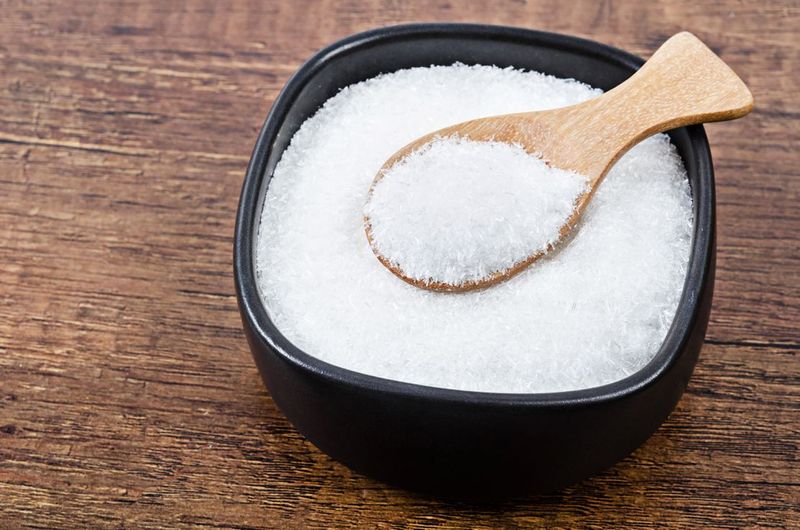
Monosodium Glutamate, or MSG, is widely used to enhance umami flavor in foods. Banned in natural foods in some countries, it is still prevalent in processed snacks and meals.
Despite being deemed safe by many health agencies, it has been linked to headaches and “Chinese Restaurant Syndrome,” causing some to avoid it.
The debate over MSG is as flavorful as the additive itself, influencing global culinary practices.
Leave a comment